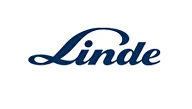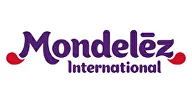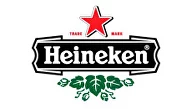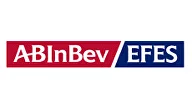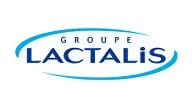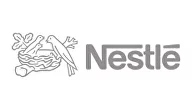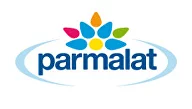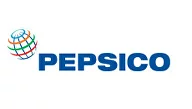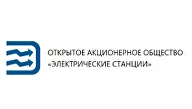Cleaning in Place (CIP) in Dairy Industry: Hygiene &Quality
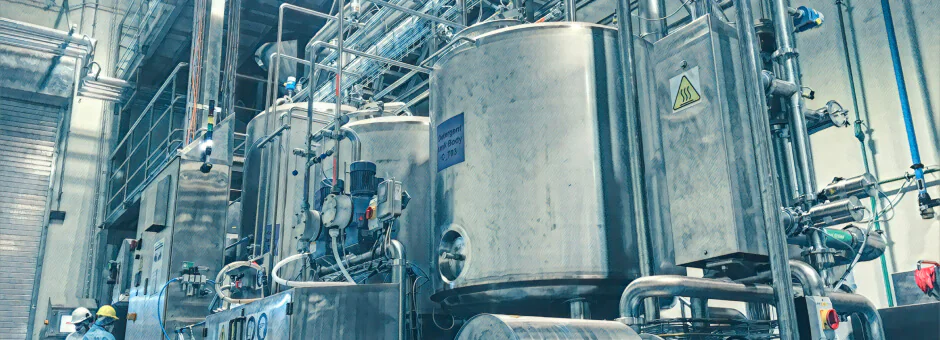
Why is CIP important in dairy industry?
Bacobemption is one of the main indicators of milk quality. It directly affects the grade of the product. The fewer bacteria and micro-organisms there are, the higher the quality.
Consumers expect the producer to comply with regulations and ensure the bacteriological purity of the dairy product.
- the process was highly dependent on the human factor;
- It is not always easy to reach the hard-to-reach areas of the same milk pipes by hand.
CIP food safety stands for Cleaning in place. Automated or semi-automated systems allow cleaning without disassembly and with minimal human intervention. CIP stations reduce downtime while improving cleaning quality, which has a direct impact on company profits.
Shorter downtime — higher production volume. Better quality — fewer returns from shops.
But the installation of CIP stations needs to be approached thoughtfully, taking into account the expectations of all the key players in dairy production:
- Director
It is important to the director that the industrial washing station pays for itself and does not cause maintenance and repair problems. The most expensive equipment does not always mean the best for a particular production facility. And in today’s reality, you have to consider possible problems with the supply of spare parts and consumable components. Cleaning solutions, for example.
- The chief engineer
is interested in trouble-free operation of the CIP plant. It is important for him to avoid water hammer and accidents and he wants to understand what equipment he is working with. In other words, he needs clear instructions and operating manuals. The technicians also take into account the energy consumption of the equipment, as all companies strive to conserve resources.
- For the technician
it is important for the technician to reduce downtime. He strives to control the rinsiing process without having to be there all the time.
- The quality specialist
expects the CIP to ensure the bacteriological purity of the product. And it is important to him that the sampling process on the production line is not hampered.
How do you clean in place in milk?
A CIP system consists of three main components:
- station;
- washing facilities;
- distribution pipelines.
All CIP systems are divided into two types: centralised and decentralised.
The cleaning process differs for different types of equipment, hot and cold surfaces in terms of the length of the steps and their number. Somewhere between 2−3 washes are done. It is also advisable to separate the cleaning of equipment for raw products from the lines with pasteurised milk, so that there is no tank insemination of the finished products.
Decentralised CIP systems are often used in large food production facilities. These consist of distributed stations located near each rinsing facility. For example, one CIP on the farm for milk lines and milk tanks; a second on the processing line; a third on the finished product lines.
Centralised systems are suitable for small businesses where all wash facilities are located in one room.
How do you clean in place in milk?
1. Mechanical cleaning.
2. Pre-washing.
3. Washing with detergents.
4. Rinse with clean water
5. SIP washing.
How to choose a CIP
The CIP circuit is a sink facility and distribution lines. It differs from plant to plant.
The number, size of the circuits and their relative positioning are important for the selection of the CIP station.
The modernisation of a food production facility begins with a well-written terms of reference.
The document should answer the following questions:
- How many CIP circuits will the system serve?
- What kind of objects will need to be washed?
- Do you need to recycle water and cleaning solutions, i.e. reuse them?
- Which disinfection method is needed for the process: steam, DHW or “chemicals”?
- What level of automation is required? For example, do you need car wash programmes, solution recipes, integration with the plant control system, communication between wash facilities?
The experts at Viraviks Engineering will design a CIP process tailored to the conditions of a particular production, as well as assist in the selection and delivery of the necessary equipment. Our company officially cooperates with global manufacturers for the industry: KHS, GEA, Krones, Alfa Laval. Our partner is also Elaks, which has carried out automation projects for Nestlé and -WimmBillDann.
Why you can trust us?
We are a team of process engineers renowned in the industry. Each of our specialists started out as a simple maintenance worker and has grown to become an expert with responsibility in several food processing plants.
Already as part of Viravix, we have completed dozens of projects in Ukraine and the EU. These have ranged from mobile CIP stations to fully automated multi-circuit washers.
We are ready to prove our experience with credentials from experts and successful cases.
VIRAVIX uses international standards and practices in the areas of safety, food quality and sensible energy use in production.
What you get when you work with us?
These are not empty promises. We will confirm our qualifications and experience with the necessary documents, cases.
How to optimize Clean-In-Place (CIP)
We obtain the primary data for analysis through an in-house developed monitoring system. This is a user-friendly web-based application that we have used successfully since the covid pandemic.
What we offer:
- Process audits followed by recommendations for improvement.
- Tips for organising drainage and storage areas for washing solution to reduce wastage. Automation of sampling.
- Search for the causes of accidents and breakdowns.
- Free advice on how to eliminate splashing.
- Vibroanalysis.
- Refinement of the CIP software in case hydrostatic shock occurs. Finding the causes of such accidents and developing technical solutions to prevent them.
- Reconstructing electrical circuits.
- Developing seasonal operating modes for the CIP.
- Automation of the cleaning solution preparation process. Normally, human errors in acid or alkali concentration lead either to premature wear and tear of the equipment or to reduced washing quality.
- Technical support for the equipment.
You do not have to order the whole list. We will find out exactly what your company needs after analysing the raw data.
What you will get in addition
Leave a request with Viravix Engineering in any convenient way if you would like to book a service or consultation.
Our favourite child is the remote monitoring system.
It allows:
- Establish automated links between the CIP station and the washing facilities;
- carry out a resource consumption analysis with 95% accuracy;
- organise an emergency shower;
- receive data on the CIP process around the clock from anywhere in the world;
- carry out a remote assessment of the technical condition of the equipment.
The minimum saving due to the use of a monitoring system is €340. This is the cost of one day’s travel for an expert on a face-to-face visit to an incident.
